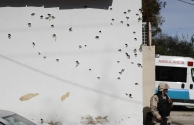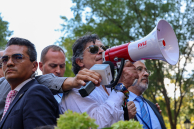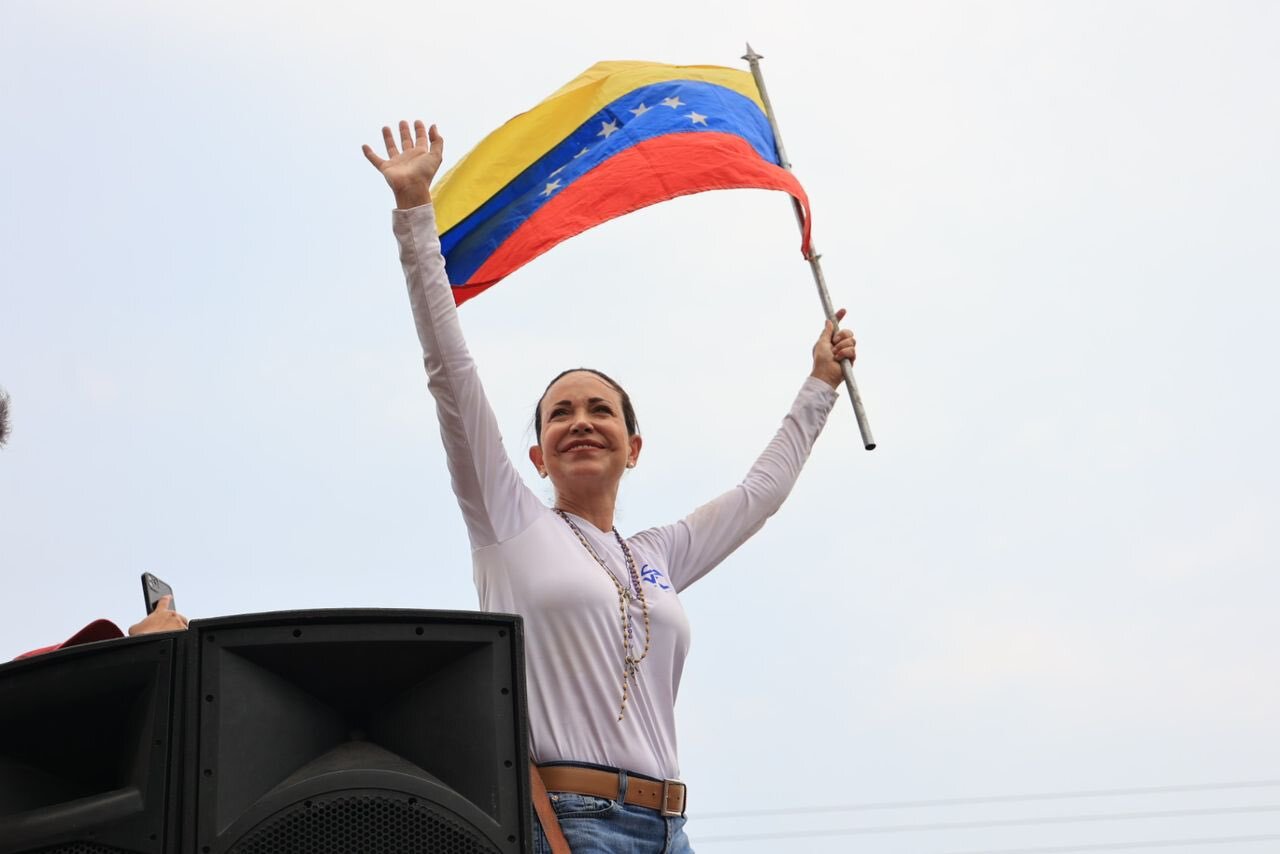Timeline: U.S. Military Ramp-Up in the Caribbean Raises Tensions with Venezuela
Timeline: U.S. Military Ramp-Up in the Caribbean Raises Tensions with Venezuela
The build-up of military assets in the region and ongoing fatal strikes on alleged drug boats are enflaming relations between Washington and Caracas.
This timeline was originally published on October 31, 2025, and has since been updated.
Tensions continue to mount in the Caribbean. Since beginning a campaign of lethal strikes on alleged drug vessels in September, the U.S. military has assembled its largest deployment of assets in the Americas in decades. The location of many of these actions, near the coast of Venezuela, place a clear target in sight: the regime of Nicolás Maduro.
The administration of President Donald Trump has doubled down on linking the fight against drug trafficking to combating terrorism and accused Maduro of coordinating “narcoterrorist” actions against the United States. Secretary of State and acting National Security Advisor Marco Rubio and Secretary of Defense Pete Hegseth both accuse Maduro of having links to Venezuela-based gang Tren de Aragua and an alleged criminal syndicate dubbed the “Cartel de los Soles.” In November, Rubio declared the group a Foreign Terrorist Organization (FTO). Earlier, in August, U.S. Attorney General Pam Bondi doubled the reward for information leading to Maduro’s arrest to $50 million. However, analysis from security experts, including U.S. intelligence agencies, cast doubt on Maduro’s leadership of what is thought to be a highly decentralized trafficking network and indicate Venezuela is neither a major cocaine or fentanyl producer nor a key transit point in narcotrafficking routes to the United States.
As the Trump administration reportedly weighs the possibility of moving airstrikes inland to Venezuelan soil, UN human rights experts say the marine attacks violate international law. Moreover, U.S. lawmakers have challenged the executive branch’s ability to enact war without congressional approval and are examining the possibility that war crimes have been committed during the campaign. Meanwhile, the Venezuelan administration say they are readying over 4 million militia troops and volunteers to reinforce their military capacity.
In mid-October, the U.S. military strikes expanded to include the Eastern Pacific. As of December 4, the reported death tally from the strikes is 87 people.
AS/COA Online traces a timeline of the developments.
How is the U.S. administration furthering its national security agenda in the Americas?
The U.S. government named ten criminal groups FTOs—six from Mexico, two from Haiti, and two associated with Venezuela and El Salvador.
An analysis of what President Donald Trump really seeks to accomplish in Venezuela and beyond
Sergio Guzmán of Colombia Risk Analysis speaks on the bilateral relationship as the Andean country’s 2026 elections approach.
AS/COA is tracking the U.S. president's actions toward the region, including on migration, trade, and security.














